10 great design notepads (that aren't Moleskines)
Why not try out one of these beautiful alternatives to the ubiquitous Moleskine?
Every designer needs a notepad to jot down those flashes of inspiration, sketch out their latest vision, or even just to scribble down some doodle art. And our (perhaps flawed logic) suggests the more beautifully produced the notebook is, the better it will represent your skills.
So for those of us who want an alternative to the all-conquering Moleskine, what's on offer? Here we bring you a run-down of 10 design notebooks to die for...
01. Rhodia
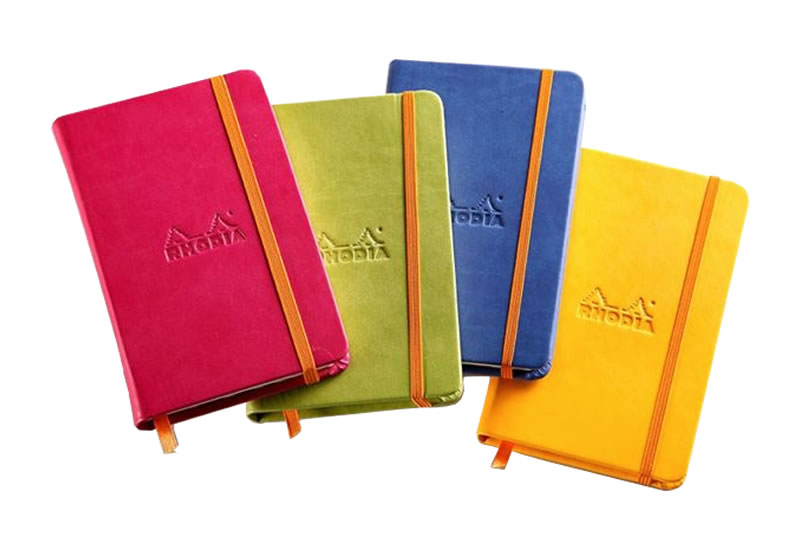
Rhodia notebooks were first established in 1934 and are still going strong today. Their success is all down to focusing on quality materials and efficient designs. With a range of collections on offer, including gorgeous colourful hardcovers and sturdy ring-bound meeting journals, Rhodia has something for everyone.
This doesn’t mean Rhodia is a Jack of all trades and master of none. One area in which it has set itself apart from the pack is with its landscape Webnotebooks, which give users the option to ditch the traditional portrait journal setup.
Thankfully this quality doesn’t cost the Earth, with basic notepads priced at just a couple of dollars. The only slight frustration is with ordering: it's not possible to buy a notebook on Rhodia's site; instead you're redirected to different suppliers from around the world.
02. Baron Fig
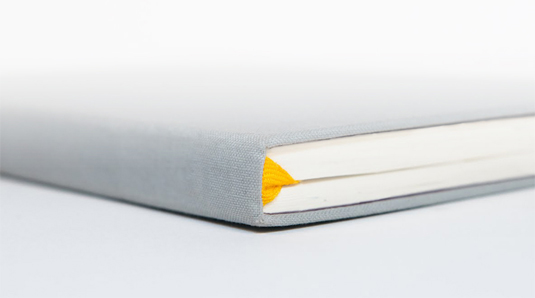
The Baron Fig is a new kind of notepad that's been designed with an underlying philosophy of simplicity, usefulness and community. As the company's Adam Kornfield explains: "We wanted something that easy on the eyes and even easier to use."
So what's different about Baron Fig? For a start, it opens flat. "There’s nothing worse than a book that curves so harshly in the centre that 10 per cent of the page is unusable," Kornfield argues. There are three books available, each with a different type of paper – Blank, Ruled, or Dot Grid – so whether you want to write, draw or create a diagram, there's an option to suit you.
Daily design news, reviews, how-tos and more, as picked by the editors.
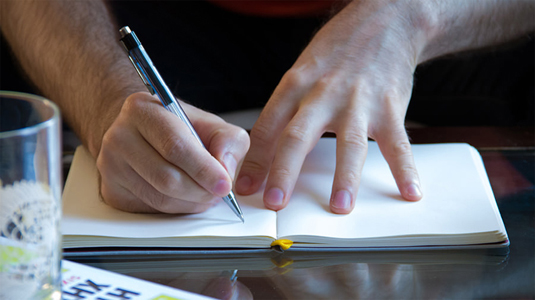
The notebooks are made from high-quality, acid-free fine grain paper, allowing you to archive your books safe from fear of degradation. Plus there are 12 perforated pages at the end of every book so you don't have to ruin your binding if you want to sketch on a sheet and then tear it off.
03. Leuchtturm
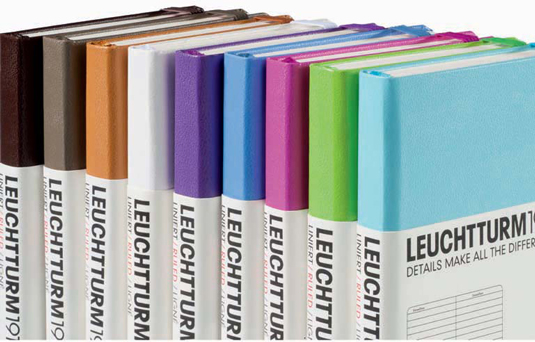
German company Leuchtturm has been making notebooks in a similar style to Moleskine since 1917, and been a long-time rival to the Italian brand. The classic Pocket version is sized 90x150mm and differentiates itself from Moleskine by numbering the 185 pages, as well as by including eight perforated, detachable sheets.
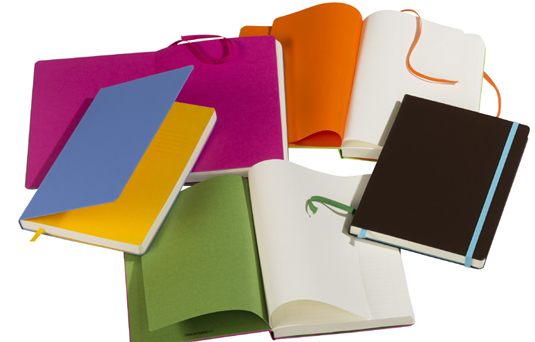
The pocketbook also includes stickers for labelling and archiving. Other sizes on offer range from The Master (spanning 225x315mm) to The Mini (which takes the shape of a 55x80mm credit card).
04. Piccadilly
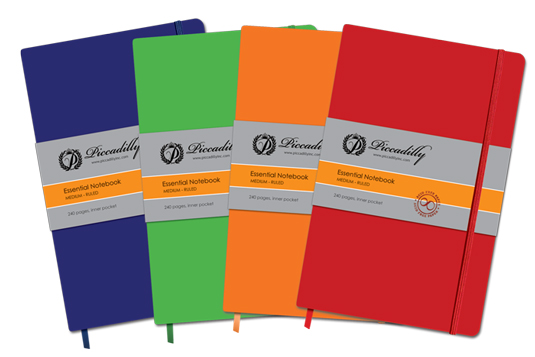
Piccadilly notebooks are another great alternative to Moleskines, particularly given they’re half the price at $5. The Essential notebooks come in four styles – ruled, plain, graph and soft cover – and are sold in a range of colours.
Just like Moleskine, the small pocketbook size is 89x137mm and the pages are section-sewn at the same thickness. A straight spine and additional spacing on the top line differentiate the two.
05. Field Notes
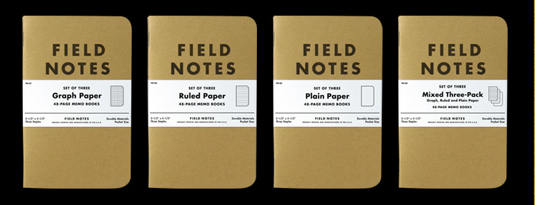
US notebook manufacturer Field Notes has created a rough-and-ready 48-page memo book, sold in packs of three for just $9.95. Made in America, the notebooks are sized 3.5x5.5in, saddle stitch-bound and come in graph, ruled or plain editions.
Field Notes also offers limited edition and customised notebooks. A popular option is the Expedition notebook, which boasts waterproof and tear-resistant pages, making even taking notes in the elements easy.
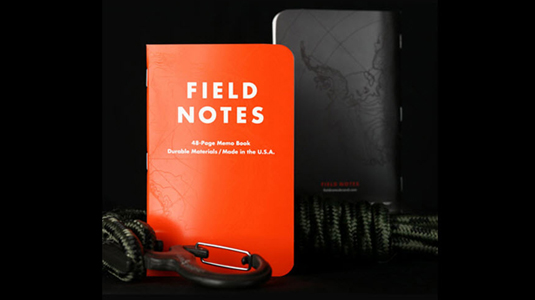
Next page: five more alternatives to Moleskine

Sammy Maine was a founding member of the Creative Bloq team way back in the early 2010s, working as a Commissioning Editor. Her interests cover graphic design in music and film, illustration and animation. Since departing, Sammy has written for The Guardian, VICE, The Independent & Metro, and currently co-edits the quarterly music journal Gold Flake Paint.
